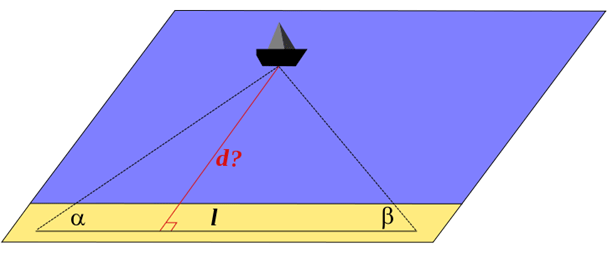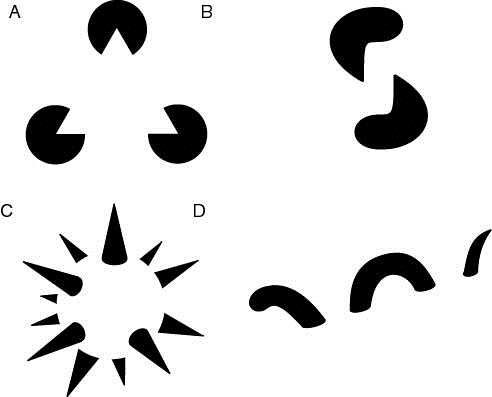Putting Together Pieces of Data
I loved putting together jigsaw puzzles as a child, searching for pieces that fit together. The greatest satisfaction emerged from the last piece, which always used to be a centre piece in the puzzle. When all the pieces got together, it would be my masterpiece. I guess this would have been a favorite game for many other children who, like me, grew up to become market researchers!
We encounter many occasions where the data before us fails to explain the ‘complete story’. We scratch our heads and sometimes bang it on the table to find answers to solve the puzzle before us but it all seems difficult and unfair. We end up blaming the data quality when we cannot explain the data. But does the fault really lie with the data? Or does it lie with the researcher’s path of analysis?
“A good puzzle, it’s a fair thing. Nobody is lying. It’s very clear, and the problem depends just on you.” ~Erno Rubik
The fieldwork that is carried out in the study gives you a certain amount of data. But who says that you are not allowed to look beyond your excel tables or transcripts? It’s not that your data is your spouse and you are cheating on it! Your data is like a friend, you can have more than one. In fact, in most cases, you would need more ‘data friends’ to help you complete your puzzle. The data that we receive after fieldwork is like somebody gives us a jigsaw puzzle, and we’re not given all of the pieces. We need to find the other pieces to crack the puzzle.
We can also look at it from the perspective of an explorer who needs to find the exact location of a ship in the sea. The method of ‘triangulation’ is used to solve this puzzle as follows:
”Triangulation can be used to calculate the coordinates and distance from the shore to the ship. The observer at A measures the angle α between the shore and the ship, and the observer at B does likewise for β . With the length l or the coordinates of A and B known, then the law of sines can be applied to find the coordinates of the ship at C and the distance d”
Hence, the integration of multiple data becomes mandatory to get a sharp focus on the solution.
“Reading widely and getting as much information as possible exposes you to small pieces of a giant jigsaw puzzle and even if the information is not 100% clear at the time, by shuffling it around in your mind, ideas eventually come to you.”
~ James Portman
As Aristotle says, “The whole is greater than the sum of its parts.” When we integrate multiple sources of data a,b and c, it is not just a+b+c. It is in fact, a*b*c where the insights emerge multipled. There is a synergy that happens when we put 2 or more pieces of data in proximity to one another. We derive more insights instead of looking at them separately.
This phenomenon can be explained by the operational principle of gestalt psychology which says, “the brain is holistic, parallel, and analog, with self-organising tendencies.” Gestalt psychologists stipulate that perception is the product of complex interactions among various stimuli. Our brain is wired to perceive more than we actually see before us. Gestalt can be proved by these practical examples given below, where the human mind has the tendency to “complete” the puzzle when provided with relevant pieces:
This is called Reification, “the constructive or generative aspect of perception, by which the experienced perception contains more explicit spatial information than the sensory stimulus on which it is based”. In the figure above, one can deduce that figure A is a triangle and figure B&D are worms.
Hence, it becomes more important for the same person to look at all the sources of data instead of dividing the analysis into parts and outsourcing it to different teams. For example, when there is a project that involves both a quantitative as well as a qualitative phase, it is usually carried out by 2 teams that work more or less independently. In order to achieve gestalt, the entire thinking process should be integrated. It is not just about integrating the research; it is also about integrating the researcher. If the same person is involved in all phases, she will get a holistic picture and she will be able to create a complete “world” inside her mind.
“There are no extra pieces in the universe. Everyone is here because he or she has a place to fill, and every piece must fit itself into the big jigsaw puzzle.”
~Deepak Chopra
 TANVI GUPTA, Eternal Student and Research Executive at Millward Brown, India. Reach me on twitter @Tanvi_MR
TANVI GUPTA, Eternal Student and Research Executive at Millward Brown, India. Reach me on twitter @Tanvi_MR





2 comments
Thanks Kshama 🙂
Yes, its very true. That’s why I feel that a researcher should try to be an “all-rounder” by developing skills in both quant and qual research so that she can work on both parts of her research instead of completely outsourcing it to another team.
Nice article, Tanvi. The point which you raise that perception is about more than we ‘see’ and therefore why analysis should be integrated at person level is very relevant to us as researchers. Gestalt is the same process by which we are able to read and understand a sentence in which vowels or a few words are missing!